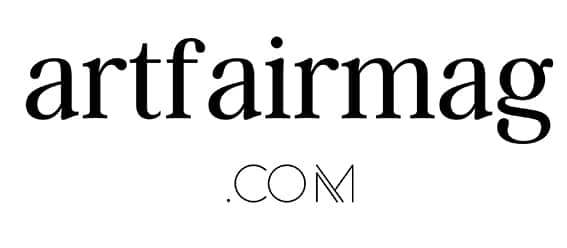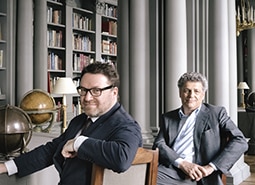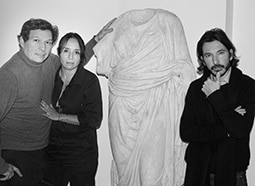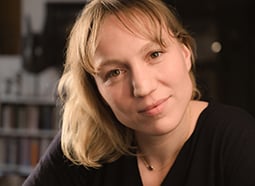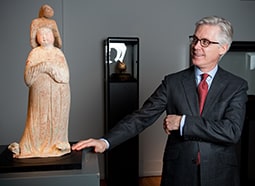Alessandra Di Castro
Alessandra Di Castro opened her own gallery in 2009, Piazza di Spagna 4. Within its core specialty – the Italian art, from the Renaissance to the Neo-classical period – the range of mediums showcased there is very wide. Gilt-bronze candelabra, marble sculptures, colourful gems, fine paintings, silver pieces, porphyry vases are some of the hundreds of artworks presented there, in a cosy and intimiste atmosphere.
Alessandra Di Castro
Alessandra Di Castro opened her own gallery in 2009, Piazza di Spagna 4. Within its core specialty – the Italian art, from the Renaissance to the Neo-classical period – the range of mediums showcased there is very wide. Gilt-bronze candelabra, marble sculptures, colourful gems, fine paintings, silver pieces, porphyry vases are some of the hundreds of artworks presented there, in a cosy and intimiste atmosphere.
Antique Art
Piazza di Spagna, 4
Rome 00187, IT
+39 06 69923127
info@alessandradicastro.com
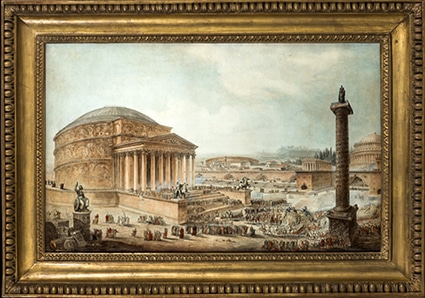
Ancient monuments with the Pantheon
Jean-François Thomas de Thomon
(Nancy or Paris, 1760 – St. Petersbourg, 1813)
Mixed technique on paper, 55 x 89 cm
Signed and dated in a column at the bottom left:
“Composto e fatto, in Roma. / per Thomas – architetto. / anno 1787”
All our Interviews

Read all our exclusive interviews with antique, modern, contemporary & primitive art dealers.

Interview with Alessandra Di Castro ~ Director
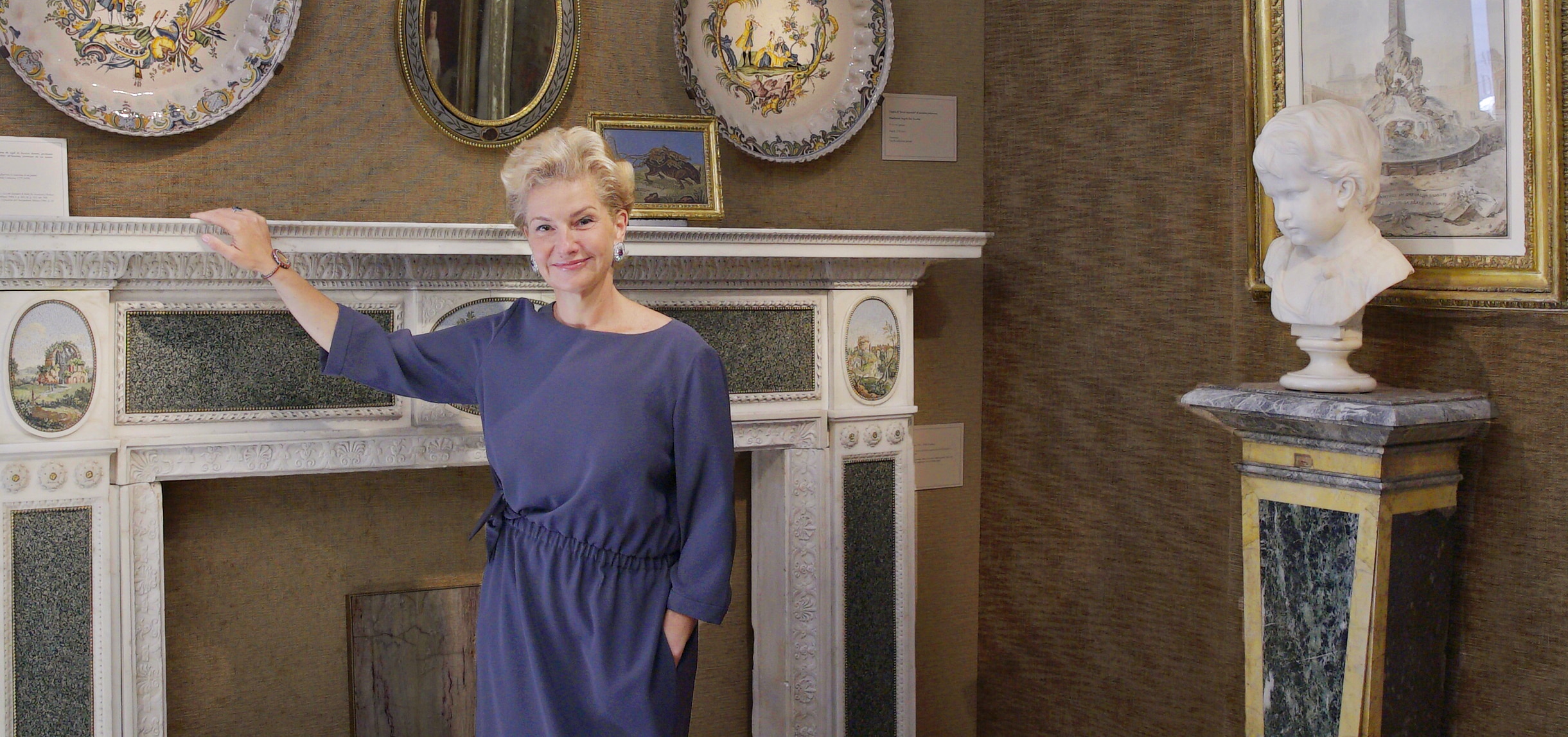
Alessandra Di Castro in her gallery, 2020
Interview by Pauline Loeb-Obrenan, founder of artfairmag.
Perhaps because she grew up in Italy, in Rome, where art is omnipresent both in museums and in the streets and gardens, Alessandra Di Castro cannot disconnect art from the everyday life. According to her, art is all around us and we just have to learn to see it. I had the chance to speak with this radiant and accomplished woman about her gallery and the current art market.
artfairmag: Alessandra, for those who are not lucky enough to know you, who are you and how did you get to ancient art?
Alessandra Di Castro: I was lucky enough from childhood to accompany my father in search of new finds on his travels abroad, but also around Italy, so rich in works of art and collections full of evocative and never seen before objects. It was a world that has perhaps drifted away from us, made up of great art historians and connoisseurship. It was in that environment I grew up: those art dealers, connoisseurs, art historians frequented not only our warehouse but our home. It was seldom on Saturdays or Sundays that we didn’t take off on some cultural venture. I remember well many Sunday visits to Federico Zeri’s house in Mentana.
artfairmag: The artwork displayed at your gallery is very eclectic, from antique sculptures to neoclassical paintings to ancient jewels to 18th furniture. How do you choose them? Is there something that connects them all?
A. D.C.: Certainly not the price. I deal in works ranging from 1,000 euros to hundreds of thousands of euro. It is not the market value that guides my choices. It is what makes that object unique and special, its quiddity, and above all the particularity of response that it stirs in me. Of course, this comes out of my intuition and the long research I have been through. One falls in love with what one knows and what you love deeply you are able to communicate. I would be incapable of buying an item from which I perceive a sure profit, but which does not touch my heartstrings.
artfairmag: In this great diversity, are there pieces that your collectors are seeking more than others?
A. D.C.: I believe that the historical role of the antique dealer is to guide taste, to shape it in some way and, why not, to anticipate it. This is what makes the antique dealer so different and special, and in any case when I have to put my money down to buy an item I never think of a specific customer or an ideal new collector who might buy it or what a star it will be on display in the window.
“I believe that the historical role of the antique dealer is to guide taste, to shape it in some way and, why not, to anticipate it.”
artfairmag: Speaking about collectors, do you sell to the same type of clients at art fairs and in your gallery?
A. D.C.: No, fairs are a much larger watershed that also brings in collectors of contemporary and ancient art, of books, arms and armours, eastern porcelain, clocks or jewellery, for example. This is why for years I have also shown in five international fairs a year, to make myself known and meet people who otherwise would not enter my gallery in Piazza di Spagna. Showing at fairs has allowed me to refresh my clientele and approach new generations, who perhaps on those occasions discover that they can mingle eras and styles without being blinkered by set patterns.
artfairmag: You regularly produce publications on a variety of subjects, such as painting on stone or Prince Poniatowski’s gems, all commissioned from leading experts. Can you tell us more about this initiative?
A. D.C.: For at least a century, the world of antiques has been aware of the importance of promoting ignored or little-known works of art through scholarly studies by specialists and art historians. The efforts of historical and artistic study subsequent to the intuition to purchase is an equally important phase in the passage from my gallery to a private or public collection. These instances of in-depth study are also an occasion for my own growth, each time in fact I am helped develop awareness of my choices. Of course, there is a lot of work behind research and publication. Experts, restorers, photographers are involved. A variety of professionalisms cooperate in what seems a relatively simple but is actually a very complex project. Prince Stanislaw Poniatowski’s gems was published in English and in Chinese.
artfairmag: Fortunately, more and more women occupy a key position in the art market, but this is still quite rare in the world of ancient art. Being one of these women, does your success have a special flavour?
A. D.C.: Yes, although the special flavour today is the result of a great acquisition or the perspective of a new discovery. My father raised me in the art trade, not thinking of a leading role for me, but rather that of camp follower. But I could never have made anything else of myself than as an antique dealer and I owe him extreme gratitude for what he taught me. I studied in England and France and graduated in Italy so that hands-on experience was accompanied by academic work that has proved very useful in keeping me up to date in my profession. Today I am president of the Associazione Antiquari d’Italia and of 135 associates only 15 are women, including myself. Much needs to be done: those numbers speak for themselves.
artfairmag: And to close out this interview, can you present us one artwork – from your gallery or not – that is special for you?
A. D.C.: A rare and important painting on paper with the Pantheon signed by Jean- François Thomas de Thomon, dated 1787. A famous architect who, like Giambattista Piranesi and the utopian architects of the French revolution, left his mark on the history of European neoclassical architecture in innovative and visionary terms. The Pantheon in Rome towers over the centre of the painting, according to perspectives that recall the temples of Paestum which were a source of great attraction for Thomas during his time in Italy.
The composition is animated by a myriad characters in classical robes, whose charm is amplified by the haze and dust that Thomas recreates with great technical skill in watercolour and with a masterly use of white lead. The work fits perfectly into the context of a cultural climate linked to the sublime and the so-called heroic neoclassicism of international appeal developed in Rome in those years, of which this very rare painting is a precious testimony. Many of his works are held by the Hermitage in St. Petersburg. As I have been trying to buy it for a long time, am not sure I want to sell it. I want to enjoy it a little…
More Interviews
Galerie Kugel
Located in Hôtel Collot near the Place de la Concorde, the Galerie J. Kugel is specialized in museum-quality artworks from Medieval & Renaissance down to the Empire period.
Galerie Chenel
Facing the Louvre museum, Galerie Chenel has a powerful atmosphere with its contemporary setting that truly emphasizes the high-quality antique sculptures that they present.
Brimo de Laroussilhe
Founded in 1908 and now directed by Marie-Amélie Carlier, Brimo de Laroussilhe is a Parisian gallery which focuses on the arts of the Middle Ages and the Renaissance.
Ben Janssens Oriental Art
Since its creation in 1996, Ben Janssens Oriental Art is dedicated to antique Chinese and Japanese works of art. The gallery is located in the heart of London.
